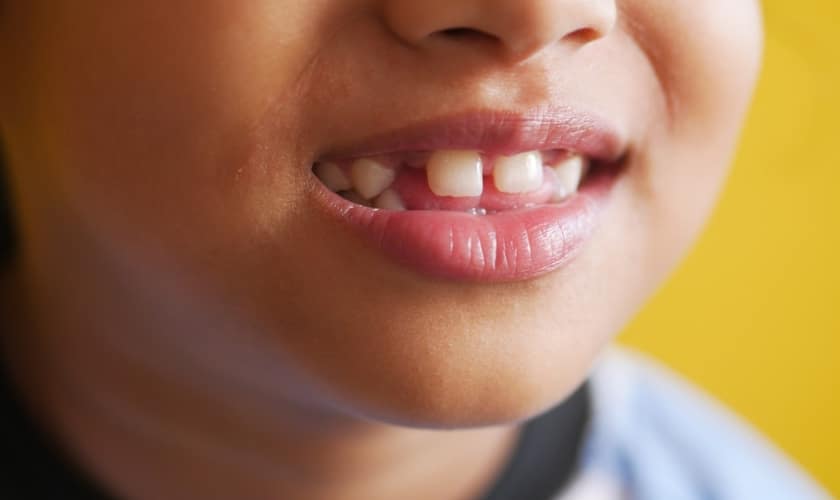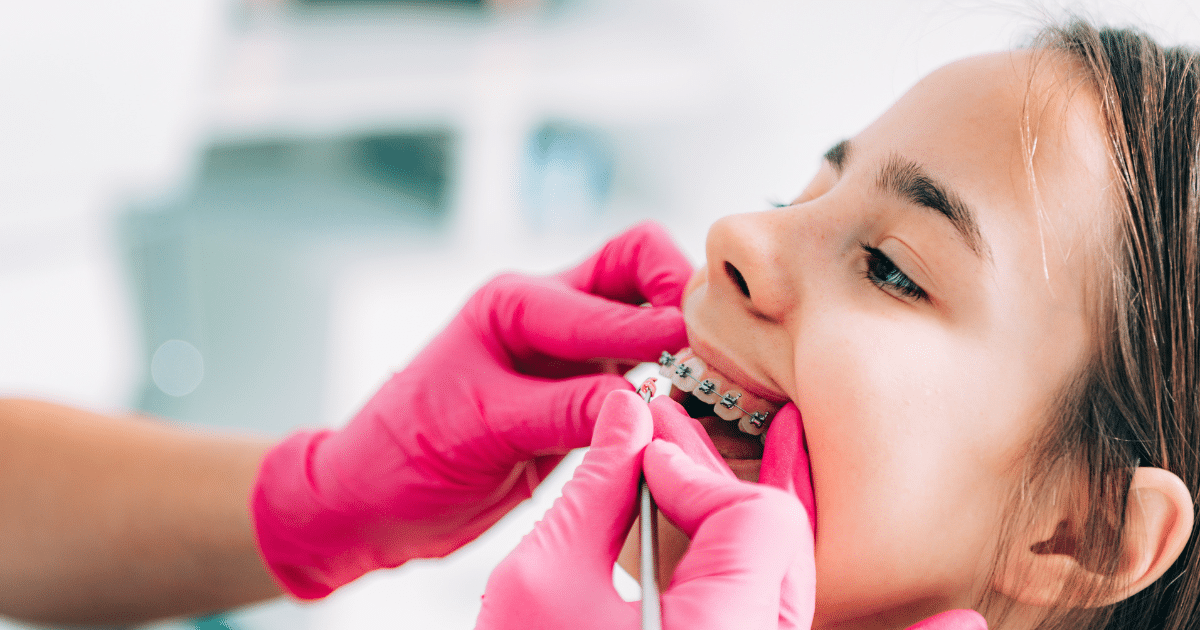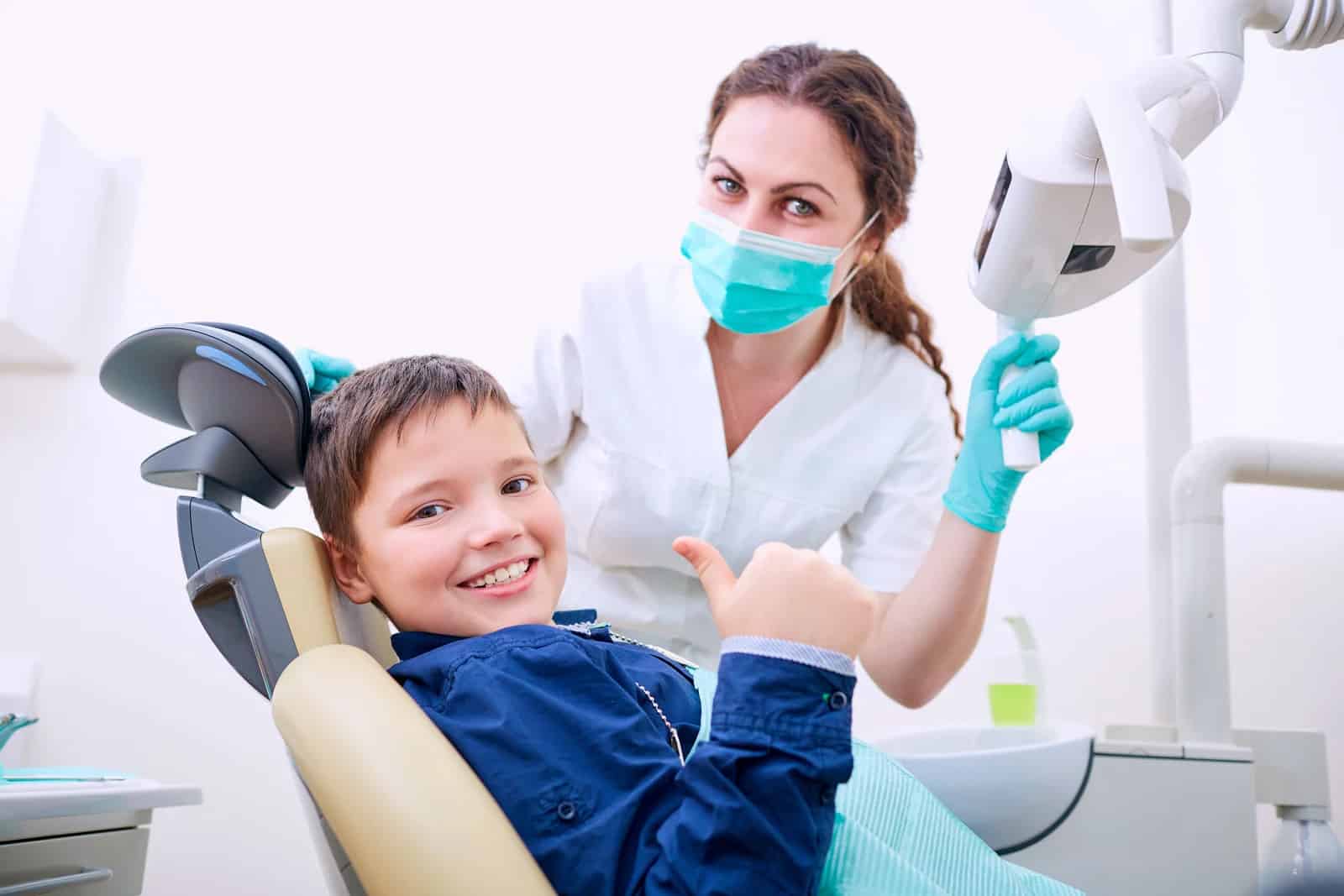Book now

Is A Space Maintainer Necessary After Your Child Loses A Baby Tooth?

Is A Space Maintainer Necessary After Your Child Loses A Baby Tooth?
When your child loses a baby tooth, you might wonder if a space maintainer is necessary. A space maintainer keeps the space open until the permanent tooth comes in. It plays a crucial role in ensuring that the surrounding teeth do not shift into the empty space, which can cause misalignment. It might be difficult for parents to make the proper decision.
This blog will explore whether you need a space maintainer after losing a baby tooth and how orthodontic treatment in Tinley Park addresses these concerns.
Why Space Maintainers Are Important?
- Prevent Misalignment: When a baby tooth is teeth are lost too soon, the neighboring teeth may move into the empty space. This shifting can cause alignment issues and may require more extensive orthodontic treatment later on. A space maintainer holds the space open, ensuring that the permanent tooth has room to come in correctly.
- Facilitating Proper Tooth Eruption: A space maintainer helps guide the eruption of the permanent tooth. Without it, the surrounding teeth might move into the space, creating a blockage that can prevent the permanent tooth from emerging properly.
- Avoiding Future Orthodontic Issues: Proper spacing is crucial for overall dental health. Failing to maintain the space can lead to overcrowding or gaps that might require orthodontic treatment in Tinley Park to correct. A space maintainer is a preventive measure that helps avoid more complex issues down the road.
Types of Space Maintainers
- Fixed Space Maintainers: Dentists cement these onto the adjacent teeth, where they stay until the permanent tooth erupts. Fixed space maintainers are typically made of metal and are designed for durability and effectiveness.
- Removable Space Maintainers: These appliances can be removed for cleaning and are generally used for older children. They may not be as effective as fixed maintainers in certain cases, but they can still help keep the space open.
When to Consider a Space Maintainer?
- Premature Tooth Loss: If a baby tooth is lost early, especially due to decay or injury, a space maintainer may be necessary to ensure proper alignment of the permanent teeth.
- Large Spaces: If the gap left by the lost tooth is large, a space maintainer can stop the teeth next to it from moving into the gap.
- Consultation with a Kids Dentist: Dentist will assess the need for a space maintainer based on your child’s dental health and the timing of the tooth loss. They will consider factors such as the size of the gap and the presence of adjacent teeth.
Role of Orthodontic Treatment
- Comprehensive Evaluation: Orthodontic treatment can provide a thorough evaluation of your child’s dental needs. Orthodontists will assess the alignment of teeth and determine if a space maintainer is necessary to ensure proper tooth eruption.
- Customized Solutions: If your child needs a space maintainer, orthodontists can provide customized solutions tailored to their specific needs. This ensures that the space maintainer fits well and effectively prevents misalignment.
- Future Planning: Orthodontic treatment in Tinley Park can help plan for future dental needs. By addressing the issue of space maintenance early, orthodontists can help prevent more extensive treatments later on.
Care and Maintenance of Space Maintainers
- Regular Check-Ups: It’s important to fix routine dental examinations to assess the space maintainer’s health and make sure it is functioning properly.
- Oral Hygiene: Good oral hygiene is essential. Urge your kids to use toothpaste and toothbrushes to prevent plaque buildup around the space maintainer.
- Avoid Hard Foods: To prevent damage to the space maintainer, avoid hard or sticky foods that could potentially break or dislodge it.
A space maintainer can be a vital tool in ensuring that your child’s teeth remain properly aligned after the loss of a baby tooth. Holding the space open helps guide the eruption of permanent teeth and prevents future orthodontic issues. Consulting with an orthodontist for an evaluation can provide clarity on whether a space maintainer is necessary and how it fits into the broader context of orthodontic treatment. Taking these preventive steps can contribute to your child’s long-term dental health and reduce the need for more complex treatments in the future.
Frequently Asked Questions
The duration a space maintainer needs to be in place depends on your child’s growth and the eruption of the permanent teeth. Typically, it remains in place until the permanent tooth emerges, which could take several months to a few years. Your dentist will monitor your child’s progress and advise when it can be safely removed.
While space maintainers are generally safe, there can be potential risks. These include discomfort or irritation in the mouth, damage to the maintainer due to hard or sticky foods, and the possibility of the maintainer becoming dislodged. Regular dental visits and good oral hygiene can help mitigate these risks.
Proper care is crucial for the effectiveness of a space maintainer. Make sure your kids brush and floss on a regular basis to help them maintain healthy dental hygiene. Eat nothing sticky or hard that could harm the appliance. Frequent dental examinations are necessary to track the maintainer and address any issues promptly.







